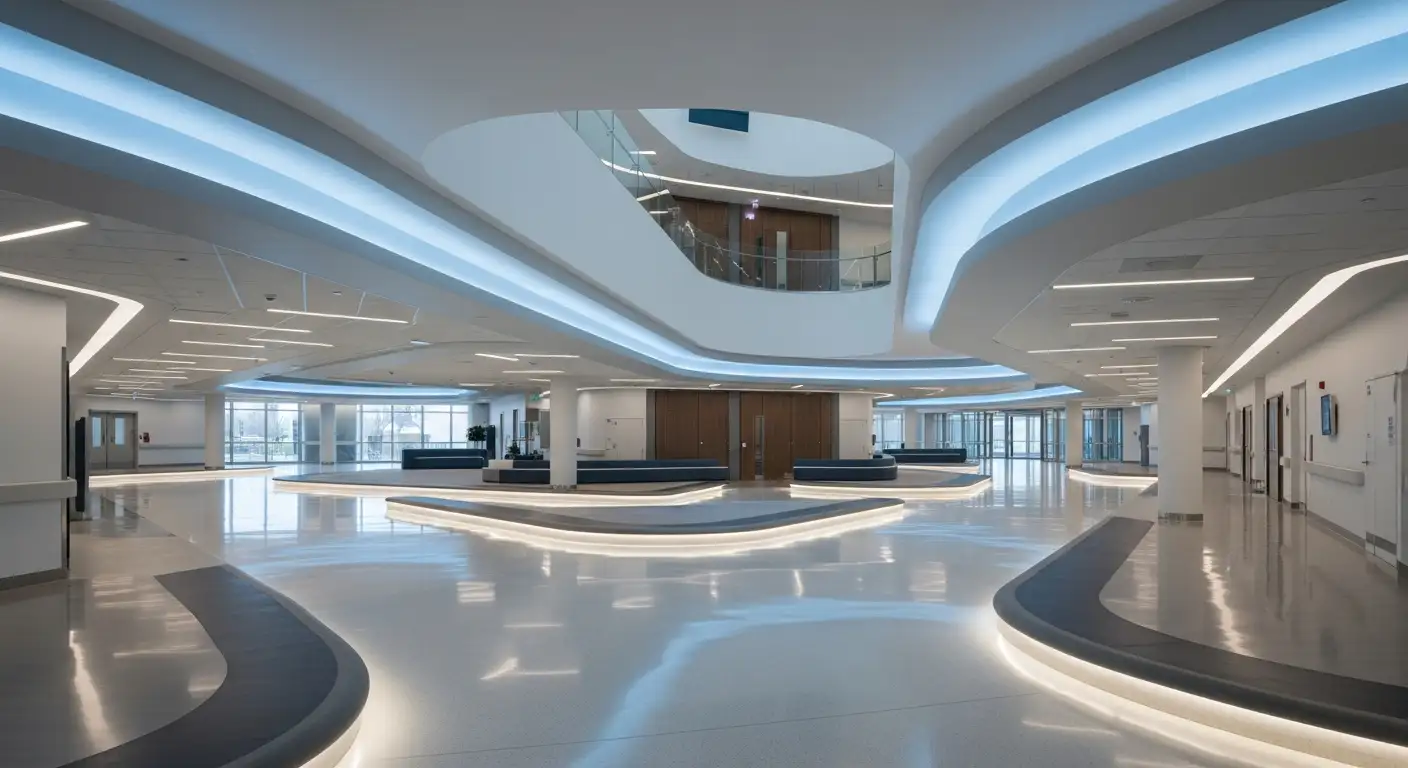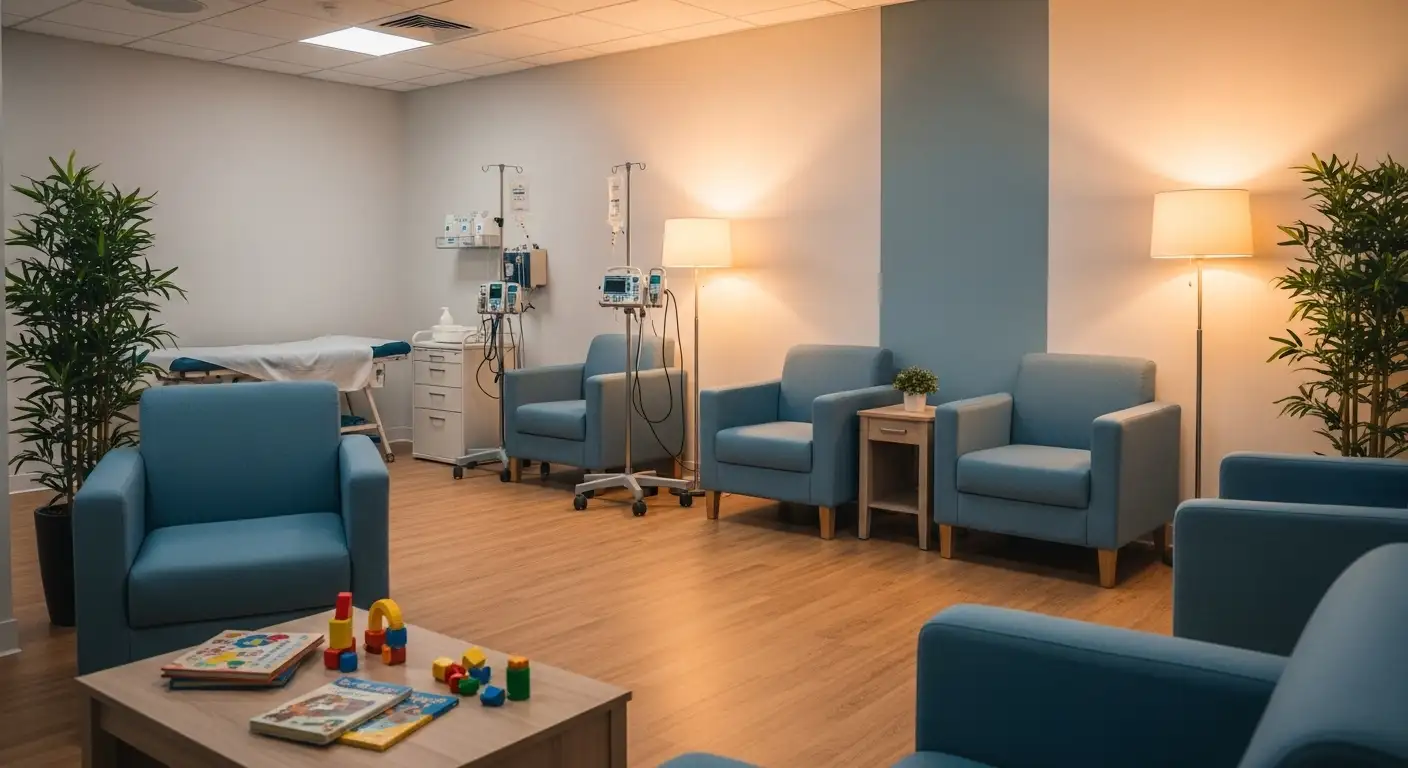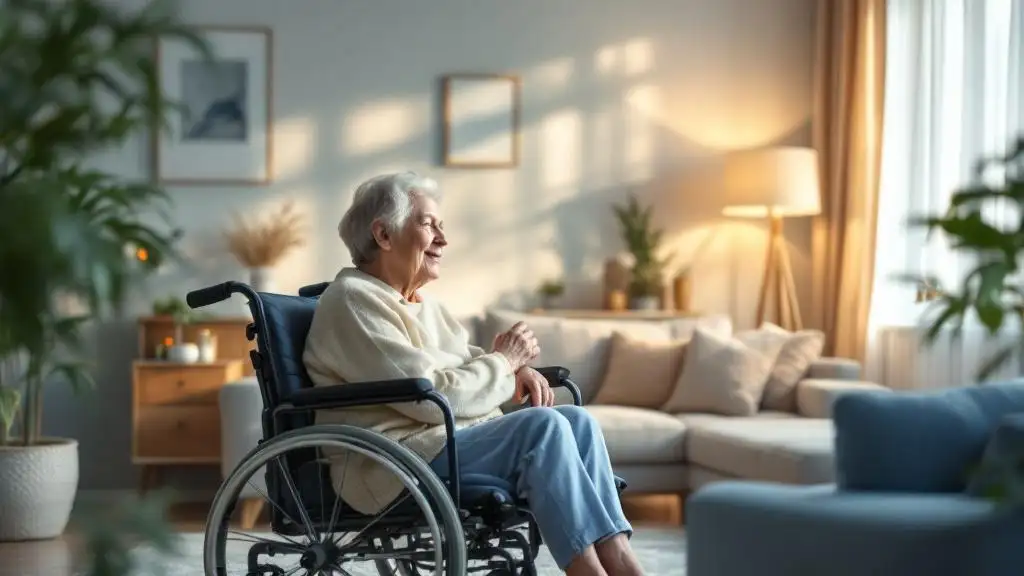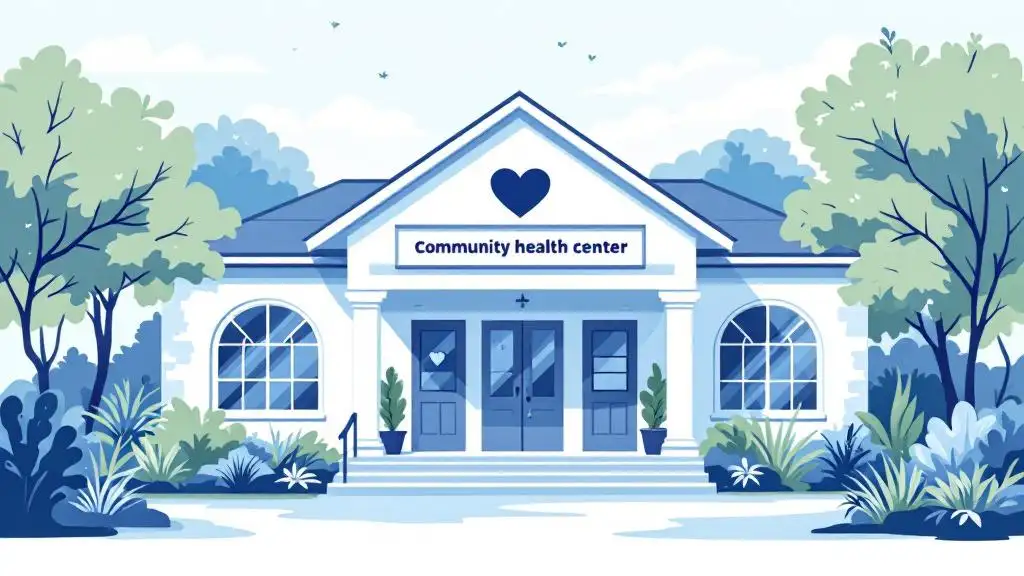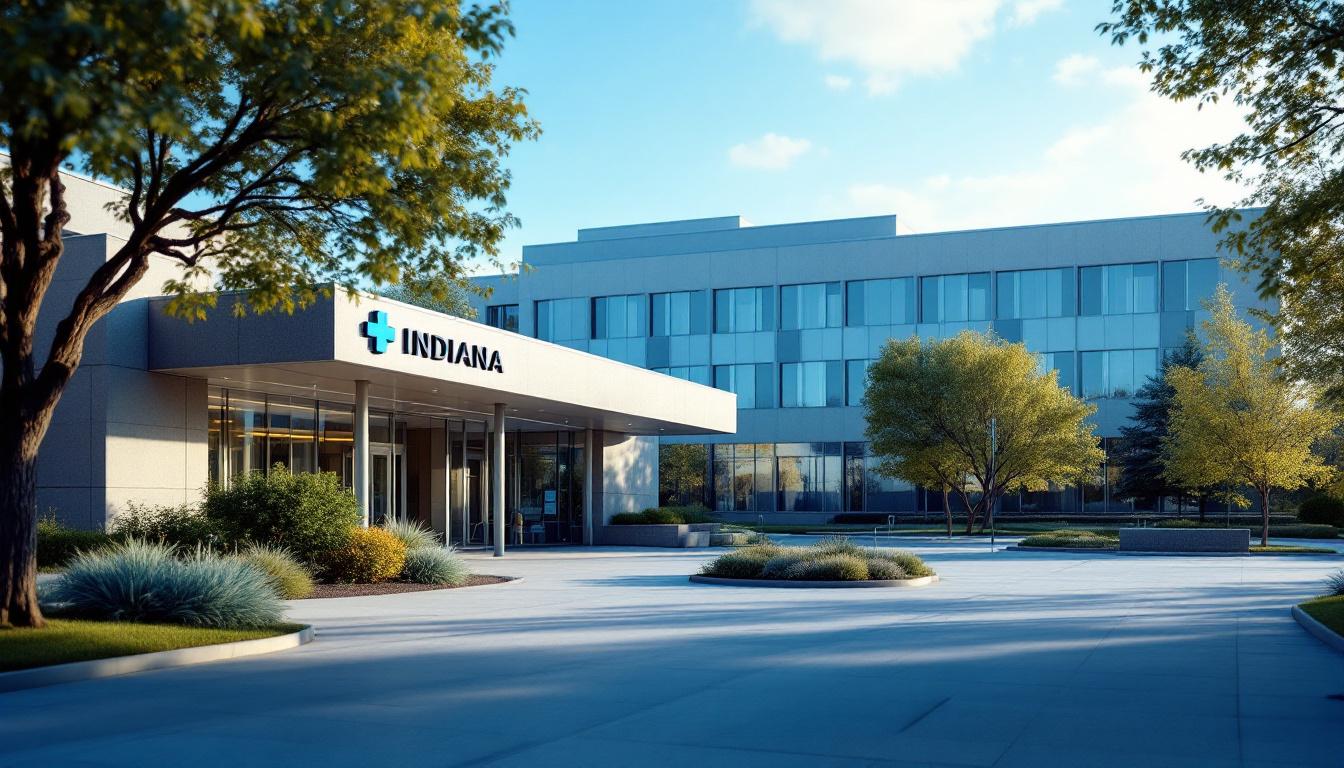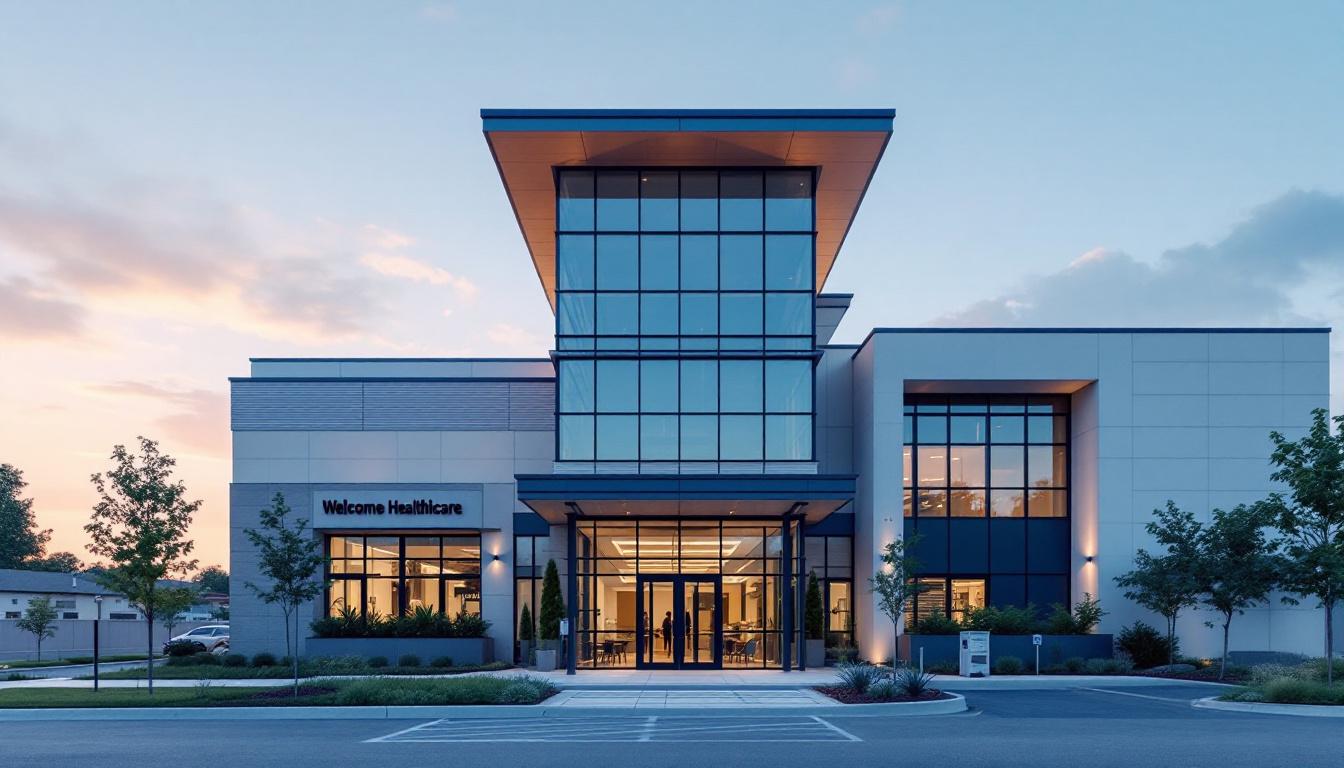Building Support Networks for Traumatic Brain Injuries
Discover the power of support networks for traumatic brain injuries. Find the resources and guidance you need for a brighter future. Support for traumatic brain injuries available now!

Understanding Traumatic Brain Injuries
Traumatic Brain Injuries (TBIs) are a significant public health concern, affecting thousands of individuals each year. It's important to have a comprehensive understanding of TBIs, including their definition, symptoms, and classification.

What is a Traumatic Brain Injury?
A Traumatic Brain Injury occurs when an external force causes damage to the brain. This force can be the result of a blow, jolt, or penetrating injury to the head. TBIs can range from mild to severe, and they can have both short-term and long-term effects on an individual's physical, cognitive, emotional, and social well-being.
Symptoms of Mild Traumatic Brain Injuries
Mild Traumatic Brain Injuries, often referred to as concussions, can result in a variety of symptoms. These symptoms may develop immediately after the injury or appear several days or even a week later. As the brain recovers, the symptoms may change. Some common symptoms of mild TBIs include:
- Physical issues such as headaches, dizziness, and nausea.
- Thinking and memory problems, including difficulty concentrating and remembering.
- Social or emotional issues like irritability, mood swings, and anxiety.
- Sleeping issues, including changes in sleep patterns and insomnia.
Classifying Traumatic Brain Injuries
Healthcare providers classify traumatic brain injuries based on their severity. The classification includes mild, moderate, and severe TBIs. The term "concussion" is often used to describe mild TBIs, while moderate and severe TBIs are typically grouped together [1].
Specific criteria are used to determine the severity of a TBI, including the duration of loss of consciousness, the Glasgow Coma Scale score, and the length of post-traumatic amnesia. These criteria help healthcare professionals assess the severity of the injury and guide appropriate treatment and management strategies.
Understanding the various aspects of traumatic brain injuries is crucial for recognizing and addressing the challenges faced by individuals with TBIs. By gaining knowledge about TBIs, their symptoms, and their classification, we can better support those affected and ensure they receive the care and assistance they need.
Consequences and Long-term Effects
When it comes to traumatic brain injuries (TBIs), understanding the potential consequences and long-term effects is crucial for both patients and their caregivers. The complications and long-term consequences can vary depending on the severity of the injury.
Complications of Traumatic Brain Injuries
Complications arising from traumatic brain injuries can differ based on their severity. Mild TBIs, also known as concussions, may result in an increased risk of developing second-impact syndrome if the brain is not allowed adequate time to heal. Second-impact syndrome refers to a situation where a second head injury occurs before the initial injury has fully resolved. This can lead to severe brain swelling and potentially catastrophic outcomes.
For moderate or severe TBIs, the long-term consequences can be more pronounced. These consequences may include an elevated risk of developing various issues such as:
- Cognitive impairments: Difficulties with memory, attention, concentration, and problem-solving can persist after a moderate or severe TBI.
- Emotional and behavioral changes: Individuals may experience mood swings, irritability, depression, anxiety, and other emotional disturbances.
- Physical impairments: Motor control, coordination, balance, and sensory functions may be affected.
- Communication difficulties: Speech and language impairments, including aphasia, can be present.
- Sensory impairments: Changes in vision, hearing, and other sensory functions may occur.
- Seizures: Some individuals may develop epilepsy or experience seizures as a result of their TBI.
It is important to note that the severity, size, and location of the brain injury can influence the specific complications that arise and the extent of their impact on an individual's daily life. Prompt medical attention, particularly at certified trauma centers, is associated with better health outcomes for TBI patients.
Long-term Consequences of Moderate and Severe TBIs
Moderate and severe TBIs can have lasting effects on an individual's physical, cognitive, and emotional well-being. These long-term consequences can significantly impact daily functioning and quality of life. Some of the potential long-term effects include:
- Chronic pain: Headaches, migraines, and other forms of persistent pain can be experienced.
- Cognitive impairments: Difficulties with memory, attention, executive functions, and information processing may persist.
- Emotional and behavioral changes: Depression, anxiety, personality changes, and increased risk of mental health disorders can be observed.
- Motor and sensory impairments: Physical disabilities, paralysis, loss of sensation, and spatial awareness issues may persist.
- Communication difficulties: Speech and language impairments, including aphasia, can continue to affect communication abilities.
- Seizures: Epilepsy or recurrent seizures may develop as a result of the brain injury.
The long-term consequences of moderate and severe TBIs can significantly impact an individual's daily life, independence, and relationships. Rehabilitation therapies, such as physical, emotional, and cognitive interventions, play a crucial role in helping individuals regain functions, learn new skills, and adapt to their new health status [3].
Understanding the potential complications and long-term effects of traumatic brain injuries is essential for individuals and their support networks. By recognizing these challenges, patients can seek appropriate treatments, therapies, and support to optimize their recovery and quality of life.
Treatment and Rehabilitation for Traumatic Brain Injuries
When it comes to treating and rehabilitating traumatic brain injuries (TBI), a comprehensive approach is essential to address the physical, emotional, and cognitive challenges associated with this condition. Treatment options vary depending on the severity of the injury and the specific areas of the brain affected. In this section, we will explore different approaches to treatment, surgical interventions, medications for TBI, and rehabilitation therapies.
Approaches to Treatment
Treatment for traumatic brain injuries involves a combination of medical interventions and therapeutic strategies aimed at reducing or eliminating the physical, emotional, and cognitive issues associated with TBI. The specific treatment plan may vary depending on the individual's unique needs and the severity of the injury.
Emergency care for TBI focuses on stabilizing the patient, ensuring the brain receives sufficient oxygen, controlling blood and brain pressure, and preventing further injury to the head or neck. In some emergency situations, surgery may be necessary to reduce brain damage.
Surgical Interventions
Surgery plays a crucial role in the management of traumatic brain injuries, particularly in emergency situations. The primary goal of surgery is to minimize further damage and restore normal brain function. Surgeons may need to remove blood clots, repair skull fractures, or relieve pressure on the brain caused by swelling.
Medications for TBI
Medications are used to address symptoms associated with traumatic brain injuries and reduce the risk of associated conditions. Immediate administration of certain medications may be necessary after a TBI, while others are prescribed to manage symptoms and aid in recovery. Ongoing research is exploring additional medications that may facilitate the recovery process from TBI.
Rehabilitation Therapies
Rehabilitation therapies play a vital role in helping individuals with traumatic brain injuries regain lost functions, learn new skills, and adapt to changes in their health status. These therapies encompass physical, emotional, and cognitive interventions and may be required throughout a person's life, depending on the injury [3].
The interdisciplinary care model, which combines conventional rehabilitation therapies with integrative medicine, has shown promising results in improving symptoms in patients with combat-related mild traumatic brain injury. This approach involves a team of professionals, including rehabilitation medicine physicians, neurologists, nurses, physiotherapists, occupational therapists, speech and language therapists, neuropsychologists, vocational therapists, social workers, case managers, and family members.
By combining various treatment approaches, surgical interventions, medications, and rehabilitation therapies, individuals with traumatic brain injuries can receive comprehensive care that addresses their unique needs and maximizes their chances of recovery and improved functionality. The involvement of a collaborative and interdisciplinary team ensures that each aspect of the person's condition is addressed effectively and with a patient-centered approach.
Collaborative Care Approach for TBI Patients
In the management of traumatic brain injuries (TBIs), a collaborative care approach has shown significant benefits in improving patient outcomes and enhancing the overall quality of care. This approach involves the coordination and integration of healthcare professionals from various disciplines to provide comprehensive and patient-centered care.
Benefits of Collaborative Care
Implementing a collaborative care approach for patients with moderate or severe traumatic brain injuries has yielded several notable benefits. According to a study published in the NCBI, this approach resulted in a reduction in waiting time for patient transfer from the hospital to the rehabilitation center from 10 to 1 day. This swift transfer allows for timely initiation of rehabilitation, which is crucial for optimizing recovery.
Moreover, the collaborative care approach has led to improved communication and coordination of services between institutions involved in the care of TBI patients. By fostering better preparation, awareness, and involvement of patients and their families, this approach ensures that all stakeholders are well-informed and actively engaged in the care process. This integration and cooperation among healthcare providers contribute to a more seamless and efficient care experience for patients.
Improved Communication and Coordination
One of the primary advantages of the collaborative care approach is the enhancement of communication and coordination between healthcare professionals. By working together as a team, clinicians from different specialties can share their expertise, perspectives, and insights, resulting in a more comprehensive understanding of the patient's condition.
This improved communication facilitates the exchange of critical information, such as diagnostic findings, treatment plans, and progress updates. It helps to avoid repeating assessments and unnecessary duplication of efforts, leading to more efficient and streamlined care delivery.
Patient and Caregiver Satisfaction
The collaborative care approach has been shown to significantly impact patient and caregiver satisfaction. In the aforementioned study, patients and their caregivers expressed high levels of satisfaction with the care and services received, rating them ten out of ten. This positive feedback reflects the comprehensive and coordinated nature of the collaborative care approach, which addresses the unique needs and concerns of TBI patients and their families.
Clinicians also reported positive outcomes resulting from the implementation of the collaborative care approach. They highlighted better communication and greater continuity of care, as well as reduced waiting times for patient transfers. This improved healthcare experience for both patients and clinicians contributes to a more positive and supportive environment for TBI management.
By adopting a collaborative care approach, healthcare providers can ensure that TBI patients receive holistic and coordinated care. This approach promotes effective communication, optimizes resource utilization, and enhances patient and caregiver satisfaction. Ultimately, the collaborative care model plays a pivotal role in building strong support networks for individuals with traumatic brain injuries, leading to improved outcomes and quality of life.
Support for Traumatic Brain Injury
Receiving support and assistance is crucial for individuals and their families dealing with traumatic brain injuries (TBIs). Various organizations and programs offer a range of support services to help navigate the challenges associated with TBIs. In this section, we will explore some of the available support options, including helplines, training and education programs, and services provided by brain injury organizations.
Helpline for Individuals with Brain Injuries
For individuals seeking immediate support and guidance, helplines dedicated to brain injuries can provide valuable resources. The Ontario Brain Injury Association (OBIA) offers a confidential helpline (1-800-263-5404) that provides emotional support to individuals who have sustained mild, moderate, or severe brain injuries [5]. This helpline offers a compassionate and non-judgmental listening ear, providing comfort to those in need of assistance.
Training and Education Programs
Brain injury training and education programs play a crucial role in equipping individuals in the field with the knowledge and skills necessary to support those affected by brain injuries. OBIA offers a range of training programs, including University Certificate and e-Learning programs, designed to provide professionals with techniques, strategies, and interventions to effectively support individuals with brain injuries [5]. These programs help professionals stay updated with the latest advancements in brain injury care and rehabilitation.
Services Provided by Brain Injury Organizations
Brain injury organizations play a vital role in enhancing the lives of individuals living with the effects of acquired brain injuries (ABIs). These organizations offer comprehensive support services, including information and resources on acquired brain injuries, personal advocacy and support, training and education for professionals and families, online support groups, peer support, and research.
Community brain injury organizations also provide case management and individual support to those affected by brain injuries. They assist individuals and their families in accessing various programs, such as insurance claims and housing support, to ensure their needs are met [6]. These organizations play a crucial role in offering guidance and resources throughout the recovery process.
By reaching out to helplines, participating in training and education programs, and utilizing the services provided by brain injury organizations, individuals and their families can find the necessary support and resources to navigate the challenges associated with traumatic brain injuries. These support systems not only help in addressing immediate concerns but also provide long-term assistance in coping with the physical, emotional, and financial aspects of brain injury recovery.
References
- [1]: https://my.clevelandclinic.org/health/diseases/8874-traumatic-brain-injury
- [2]: https://www.ninds.nih.gov/health-information/disorders/traumatic-brain-injury-tbi
- [3]: https://www.nichd.nih.gov/health/topics/tbi/conditioninfo/treatment
- [4]: https://www.physio-pedia.com/InterdisciplinaryManagementofTraumaticBrain_Injury
- [5]: https://www.braininjuryalliance.ca/what-do-community-brain-injury-organizations-do/


